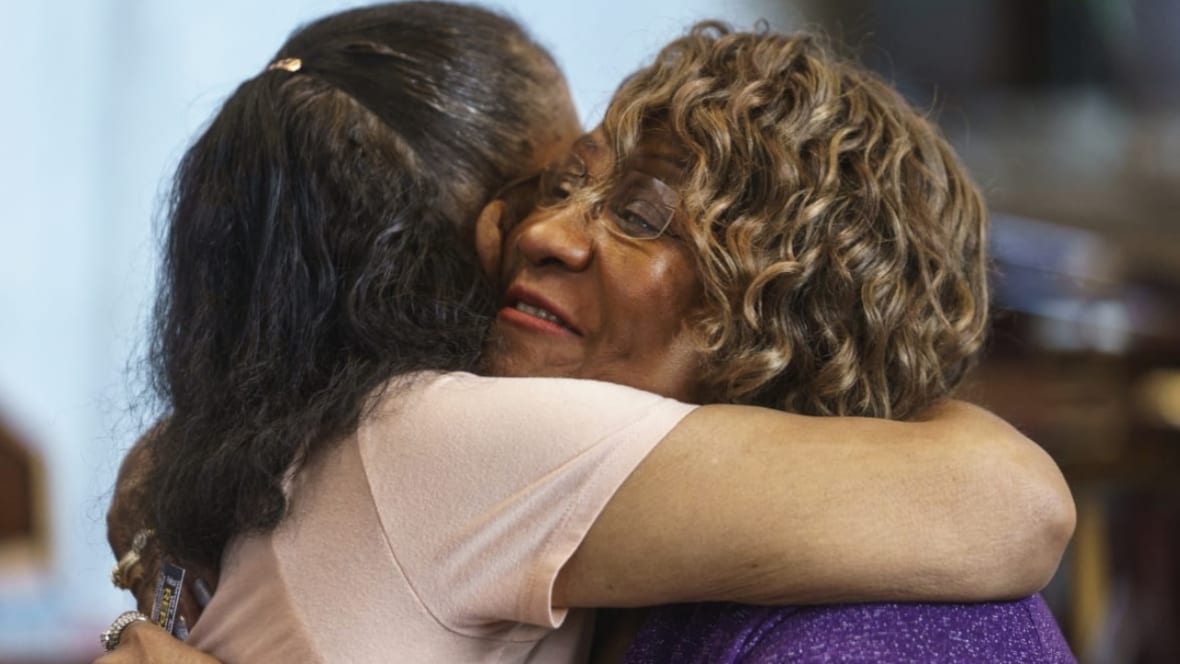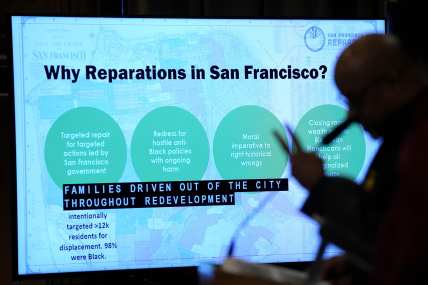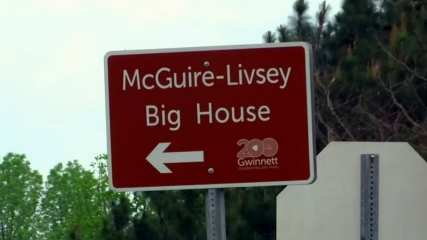Houses burned, Black and Latino families ‘herded’ like cattle to make posh Palm Springs
Officials in the California desert hub have apologized for the city's role in what a state official called a “city-engineered holocaust” in an area of Palm Springs called Section 14.
Palm Springs has a long-held reputation as an upper-class playground for the wealthy and famous. It has lately been known for something else, however — tearing down the homes of thousands of Black and Latino families for development that would cater to wealthy white people.
Officials in the California desert hub have apologized for the city’s role in what a state official called a “city-engineered holocaust” in an area of Palm Springs called Section 14. Its former residents have filed claims seeking as much as $2 billion in reparations.
“I’ll never forget the cowardice of the act of our family being displaced, herded off like cattle and sheep, having to move from house to house,” Delia Ruiz Taylor told the Los Angeles Times.

The Times unraveled a complicated scheme based on racism and greed that worked like this decades ago: The federal government held, in trust, 6,700 acres the Agua Caliente Band of Cahuilla Indians owned. The land included Section 14. Trust rules limited land leases to five years, making leases unattractive to developers.
Instead, families of color leased plots of land in Section 14, one of the few places without restrictive racial covenants and housing discrimination. They began building a community of houses, churches and more.
But beginning in the 1940s, the Times said, area officials envisioned using the land for hotels, shops and other businesses and began plotting how to take the space.
Officials went to court to have the Agua Caliente tribe declared “incompetent” and appointed conservators that the Times noted were part of the local “good-ole boy network.”
Section 14 was declared a slum and a process of bulldozing and burning buildings would begin. Relocation assistance was not offered. The Times reported that some residents would go to work or school in the morning and return to find their homes demolished.
The destruction devastated the father of former Section 14 resident Pearl Devers. “He just drank himself to death,” she said. “He was a real hard worker, a good provider. It was just really hard to watch him go down like that because he couldn’t provide for his family.”
Now, decades later, the shame of Section 14 has gained notoriety.
Palm Springs has removed a statue of Frank Bogert, its former mayor who oversaw destruction of Section 14, from the front of City Hall. The city will also vote on hiring a reparations consultant to help hash out financial compensation for those whom the displacements affected.
Further, the city issued a formal apology in 2021. Mayor Christy Holstege said the Section 14 evictions were “wrong then, they are wrong now, they created devastation in our community and different outcomes for the Black community and Latino community that still exist today, and segregation that still exists today,” The Desert News reported.
TheGrio is FREE on your TV via Apple TV, Amazon Fire, Roku, and Android TV. Please download theGrio mobile apps today!


